For optimal comfort when exercising, you should dress in layers. That way you can easily regulate your body temperature by adding or subtracting a layer as required. There are normally three layers although if it?s very cold, you may wear more. Normally though, there is the outer layer, the mid-layer and the base layer.
The base layer is essentially your underwear but it?s not the cotton briefs or vests you might normally think of when the subject of underwear crops up! In fact, base layer clothing is usually made from very advanced, technical materials and offers a number of benefits to exercisers. The base layer can also be worn on its own as it is substantial enough to double as outerwear.
Base layer garments are usually quite snug and form-fitting and include socks, hats and gloves as well as the more obvious tights and long-sleeved tops, t-shirts and knee-length shorts.
Base layer garments offer a number of benefits?
Keeping you warm ? base layers trap a thin layer of air between the material and your skin which acts as a form of insulation. Additional layers (the mid and outer layer) increase the insulation to keep heat in and cold out. Because base layer garments are thin and lightweight, they keep you warm without being bulky; ideal for energetic activities such as running, playing soccer or exercising in the gym.
Reduced risk of injury ? cold muscles are much more prone to injury than warm muscles. Wearing base layer shorts or a base layer t-shirt ensures your main muscles are kept warm. One of the reasons soccer players wear base layer shorts under their regular shorts is it helps keep their thigh muscles warm which will reduce the risk of suffering a pulled hamstring or similar injury.
Increased support ? because base layer garments fit snugly, they provide a little bit of support which can further reduce your risk of suffering an injury while exercising. This is especially useful for hips and shoulders ? areas of the body not easily catered for with traditional neoprene supports.
Increased muscle performance ? base layer clothes fit snugly which means they are in constant contact with the skin surrounding your muscles. This, according to something called Hilton?s law, will result in greater muscle activation and performance. Wearing a base layer may make you noticeably stronger. In addition, because a base layer is elastic, it will store energy when stretched and provide a little ?rebound? out of stretched positions. This will further enhance performance.
Keeping you cool ? base layers are made from highly technical ?wicking? materials which means they transport sweat away from your skin for easy evaporation. This helps keep you cool. Regular materials, such as cotton, soak up sweat and keep it next to your skin which, despite cotton?s reputation for being breathable, can leave you feeling hot and uncomfortable.
Compressing your muscles ? when you exercise, your muscles vibrate and wobble. This extraneous movement is considered to be a waste of energy. Base layer garments, by no coincidence also called compression garments, cut down on this unwanted vibration which means that you waste less energy and can perform better and with less fatigue.
Increased rate of recovery ? base layers can help you recover more quickly between workouts. In fact, some hard-training athletes make a point of wearing base layer garments between workouts for this very reason. The compressive nature of base layer garments mean that swelling and inflammation may be reduced which leads to a faster recovery after strenuous exercise.
Base layers are made from a variety of materials and by an ever growing number of manufacturers. They are technologically advanced and designed to be not only comfortable but also performance enhancing. If you are looking for an edge in your training, try adding a base layer to your workout wardrobe; professional sports teams and world class athletes swear by them.?

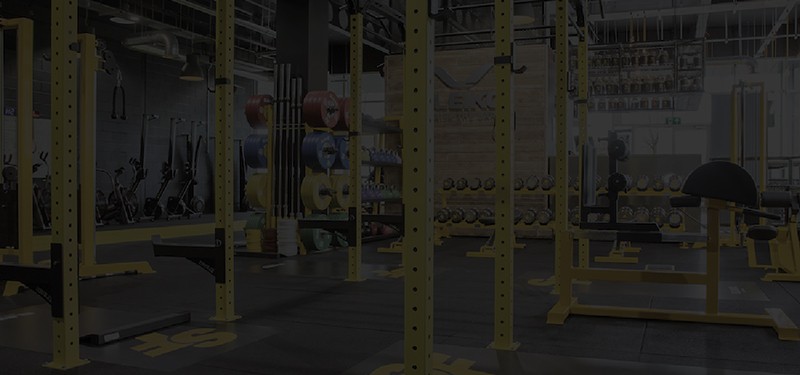
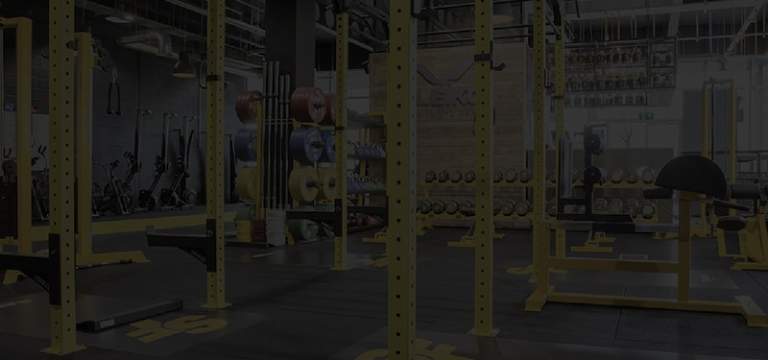

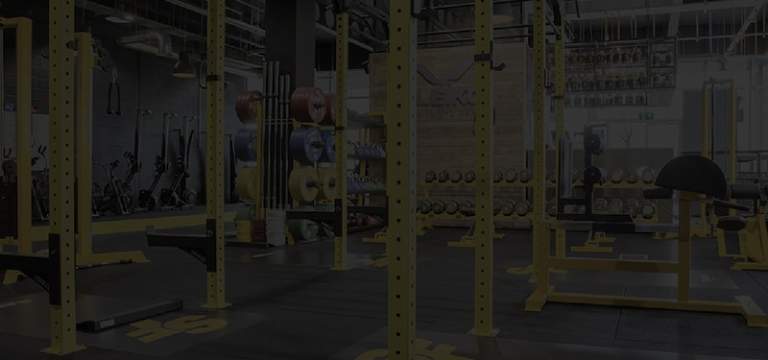

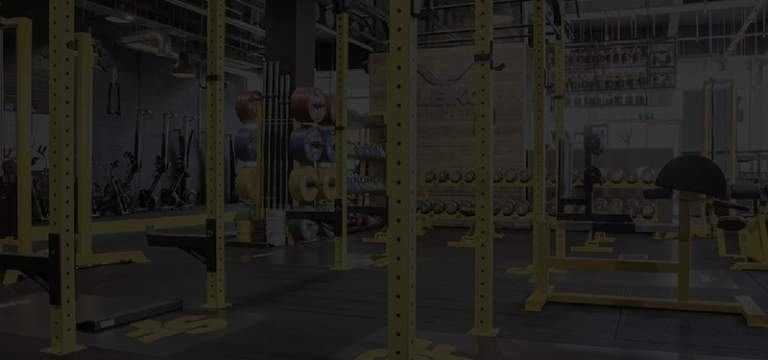

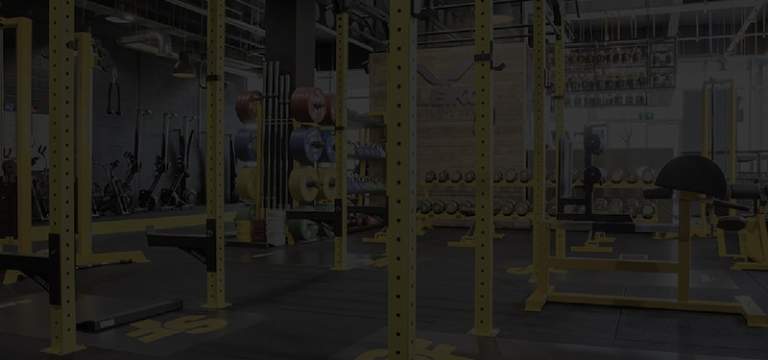

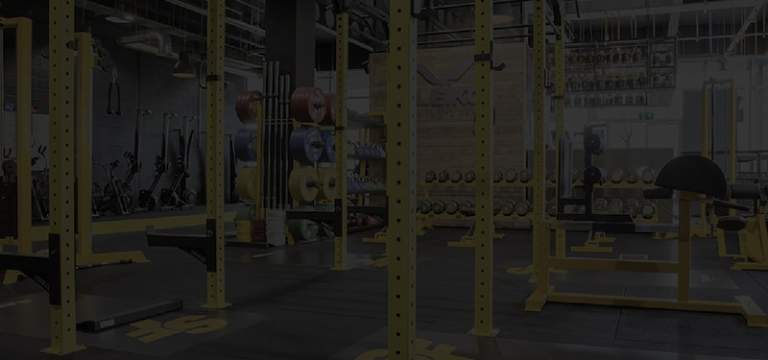
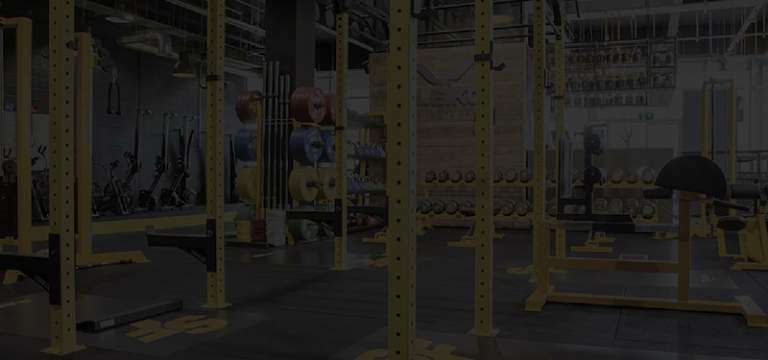
19 Comments
Comments are closed.